Google Pixel 10 Pro Fold: Price, specs, and everything you need to know
Heavy is the Pixel 10 that folds in half.

The Google Pixel 10 Pro Fold is the third time Google has given a go at the foldable form factor. The new Pixel 10 Pro Fold is noticeably heavier than its younger siblings. It may not be the slimmest and lightest foldable around, but the device will certainly surprise you in other regards. Upgrades include Qi2.2 or "Pixelsnap" as Google calls it, a larger battery, faster charging speeds, and improved software.
The Pixel 10 Pro Fold is also the first foldable phone to tout an IP68 water and dust-resistant rating. As for the legendary Pixel cameras, the 10 Pro Fold's primary 48MP lens has been upgraded as well, and it even includes support for the new 100x Pro Level Zoom feature now.
Now that the Pixel 10 Pro Fold has been officially unveiled, let's take a deeper look at what Google's latest foldable is capable of. There's a lot more than meets the eye, and it's not just all about Gemini or AI.
For more news and information on Google's latest phones, check out our Ultimate Guide.
Google Pixel 10 Pro Fold: Price and availability
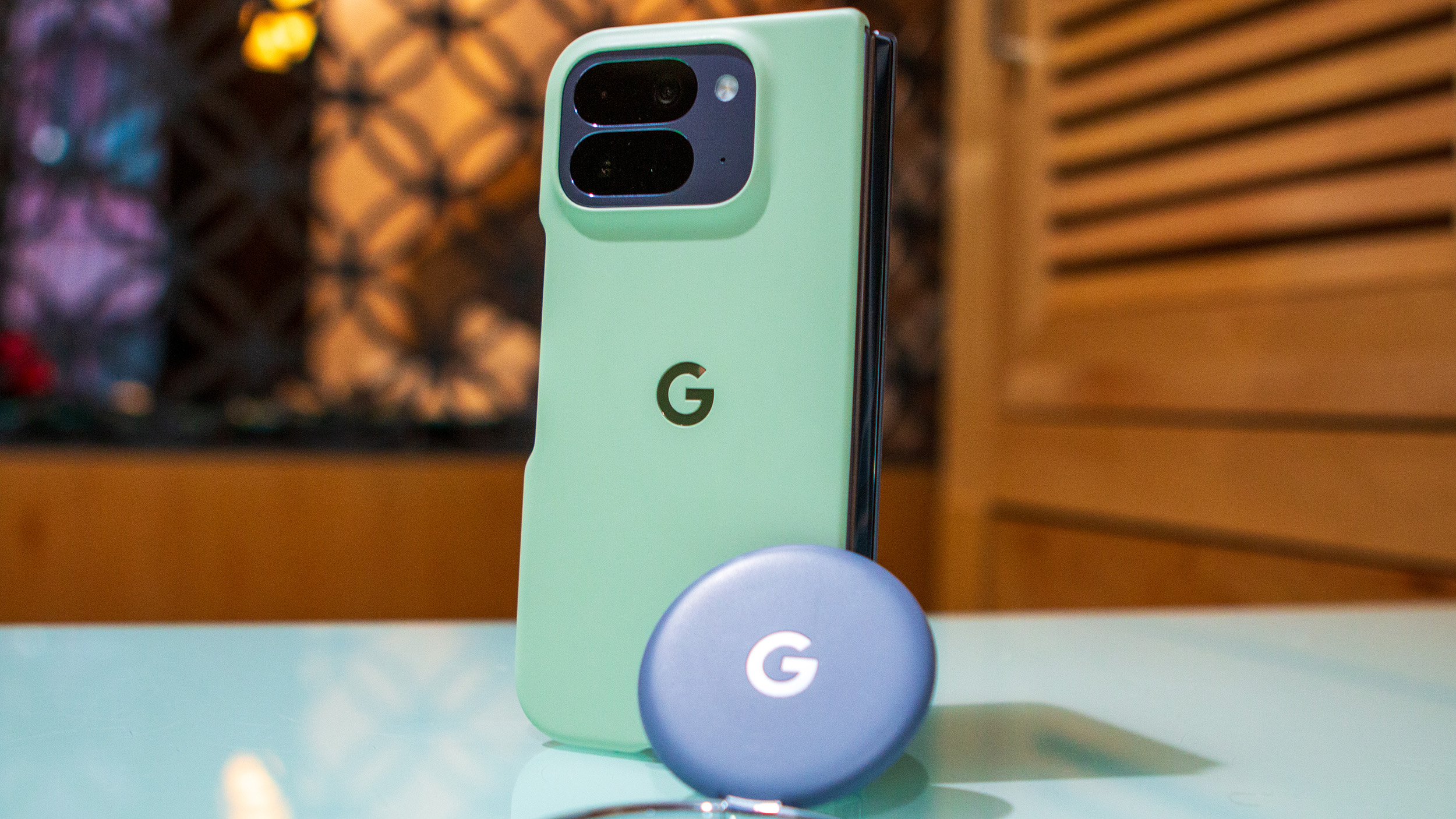
The Pixel 10, 10 Pro, and 10 Pro XL were available to purchase just a few days after the August 2025 launch, but the Pixel 10 Pro Fold took its time, eventually hitting the shelves in October 2025.
Speaking of pricing, the Pixel 10 Pro Fold costs remain exactly the same compared to its predecessor, starting at $1,799 for the base 16GB/256GB configuration. All three models come with up to 1TB of storage and can be had in either the Moonstone or Jade colorways.
Google Pixel 10 Pro Fold: Specs
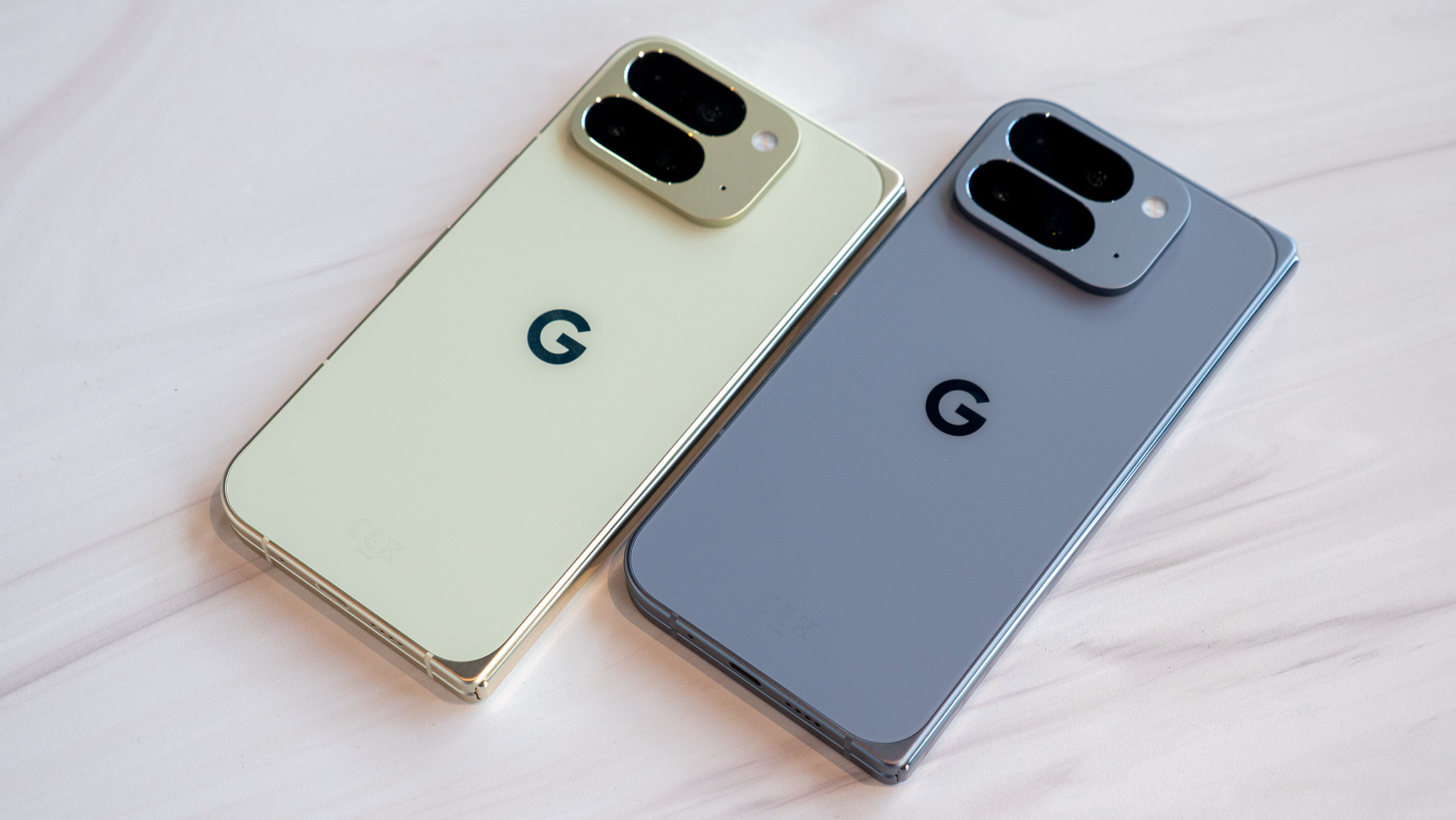
Although it may not look all that different from its predecessor, there are actually quite a few changes to be found with the Pixel 10 Pro Fold. Starting with the processor, the all-new Tensor G5 is here, with Google claiming some pretty incredible performance improvements.
Get the latest news from Android Central, your trusted companion in the world of Android
Category | Pixel 10 Pro Fold |
|---|---|
External display | 6.4-inch Actua OLED, 1080 x 2364, 408 PPI, 60-120Hz, 3000 nits |
Internal display | 8.0-inch Super Actua OLED, 2076 x 2152, 373 PPI, 1-120Hz, 3000 nits |
Processor | Google Tensor G5 |
Memory and storage | 16GB, 256GB/512GB/1TB |
Cameras | 48MP main, 10.5MP 127-degree ultrawide with macro focus, 10.8MP 5x telephoto, 10MP 87-degree Dual PD inner and outer selfie, 4K/60 10-bit HDR on rear cameras |
Security | Titan M2 chip, side-mounted fingerprint sensor, single-camera face unlock, Google VPN |
Battery and charging | 5,015mAh, 30W wired, 15W Qi2 Pixelsnap wireless |
Dimensions (folded) | 155.2mm x 76.3mm x 10.8mm |
Dimensions (unfolded) | 155.2mm x 150.4mm x 5.2mm |
Weight | 258g |
Durability | Gorilla Glass Victus 2 front-and back, IP68 |
OS and updates | Android 16, 7 years of OS and security updates (until Android 23) |
Connectivity | Wi-Fi 7, Bluetooth v6, NFC, Dual-band GPS, 5G mmWave (NA only), 5G Sub-6, LTE |
SIMs | Single nano SIM and one eSIM (all models) |
Colors | Moonstone, Jade |
According to Google, the Tensor G5 is "34% faster" in CPU performance over the Tensor G4, while including "an up to 60% more powerful TPU." Some of this was made possible due to Google switching from Samsung to TSMC for its manufacturing, as the Tensor G5 sports a 3nm process design.
We were surprised when Google offered 16GB of RAM with the Pixel 9 Pro Fold, and that remains the case here. And while you still won't find a microSD card slot, the 10 Pro Fold comes with either 256GB, 512GB, or 1TB of storage.

More performance is great, but what does that mean for battery life? Google not only managed to pack in a larger 5,015mAh cell, but the 10 Pro Fold is also rated to last for at least 30 hours on a single charge. Oh, and that number balloons to 84 hours if using Google's Extreme Battery Saver mode.
Charging has also, finally, been improved, with the Pixel 10 Pro Fold being capable of going from 0-50% in about 30 minutes when using a 30W (or higher) charger. The fun doesn't stop there, as Google's latest foldable is Qi2-certified, which is capable of reaching up to 15W wireless charging speeds.
Google Pixel 10 Pro Fold: Display
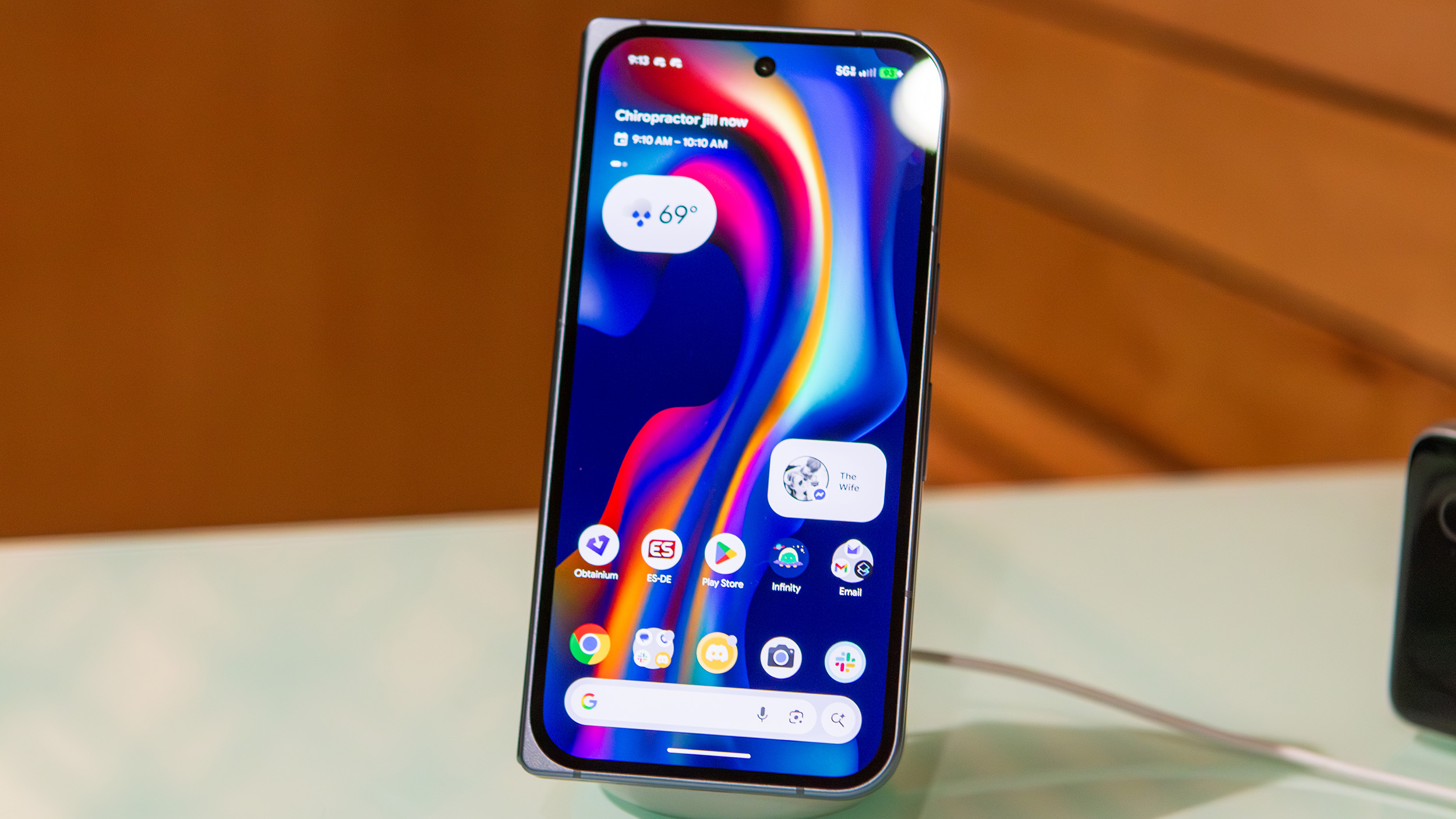
It shouldn't come as too much of a surprise that Google didn't make any dramatic changes to the screen sizes with the Pixel 10 Pro Fold. That said, the cover screen is just ever-so-slightly larger here, with a 6.4-inch Actua OLED display, complete with a 120Hz refresh rate and Gorilla Glass Victus 2. Meanwhile, the inner display remains the same, as Google is using an 8-inch Super Actua Flex LTPO AMOLED screen, with a 1-120Hz variable refresh rate.
Google has also increased the brightness across both screens, as they're now capable of reaching up to 3,000 nits of peak brightness, 300 nits more than previously. And besides that, the actual glass being used with both screens is said to be stronger, which might seem like a minor detail, but adds to the overall improved durability.
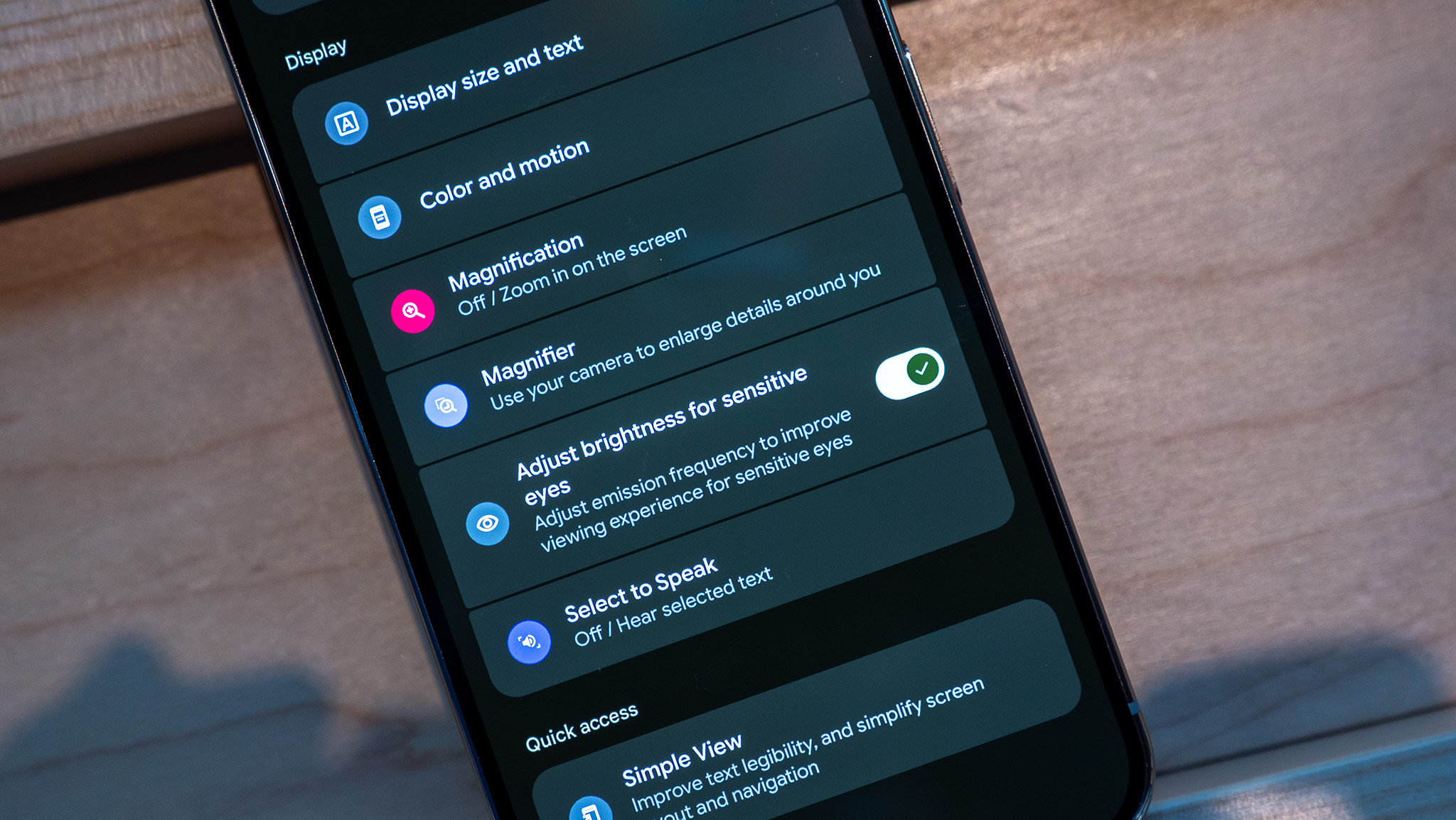
However, there is one more change Google is making, but it's on the software side of things. It seems that at least someone at Google has been listening to Nick complain about AMOLED displays, as there's a new toggle in the Settings app to help combat PWM sensitivity.
It's found within the Display section within the Accessibility panel, and is described as being able to "adjust emission frequency to improve viewing experience for sensitive eyes." This is simply fantastic to see, but there is a catch with the 10 Pro Fold as it's only available on the inner display, and not the cover screen. So while it's not the perfect implementation, at least Google is moving in the right direction.
Google Pixel 10 Pro Fold: Design

Arguably, one of the biggest upgrades coming to the Pixel 10 Pro Fold is that it's the first foldable phone to feature an IP68 rating. Until now, the best we've seen is an IP48 rating, but Google is bringing its foldable phone in line with the best Android phones.
This is partially why the 10 Pro Fold is a bit thicker and heavier than before, as various components have been upgraded with better durability. Google also says it updated the hinge again, not only to account for the IP rating, but to ensure long-term usage, as it's rated to "handle over 10 years of folding."

Besides that and the two new color options, the other big upgrade comes via Pixelsnap. This is made possible through full Qi2 support, enabling the use of magnetic chargers and other accessories, similar to Apple's MagSafe. It's something that we've wanted on Android for years, and it's finally here with the Pixel 10 series.
Something else worth pointing out is that there are a bunch of new cases to consider, too. Google is releasing its own options, complete with built-in Pixelsnap. But there are also quite a few others already available, such as dbrand's Grip Case, Thinborne's Aramid Fiber Magnetic Case, and more.
Google Pixel 10 Pro Fold: Cameras

On paper, it might not seem like Google did anything to improve the camera on the Pixel 10 Pro Fold. But numbers only tell part of the story, as the 48MP main lens has been upgraded, and even includes support for the new 100x Pro Level Zoom feature.
The remaining camera sensors are all the same, so in addition to the 48MP lens, you'll find a 10.5MP ultrawide camera and a 10.8MP telephoto lens with 5x optical zoom. As for selfies, both the cover and main screens utilize a 10MP Dual PD camera, with the same 87-degree field of view.
Google is also introducing a new camera feature known as Instant View, "giving you a chance to quickly re-take a picture before the moment passes." This, paired with the new "Made You Look" characters and the tried-and-true Pixel experience, makes the Pixel 10 Pro Fold an excellent option in the battle for the best camera phone.
Google Pixel 10 Pro Fold: Software
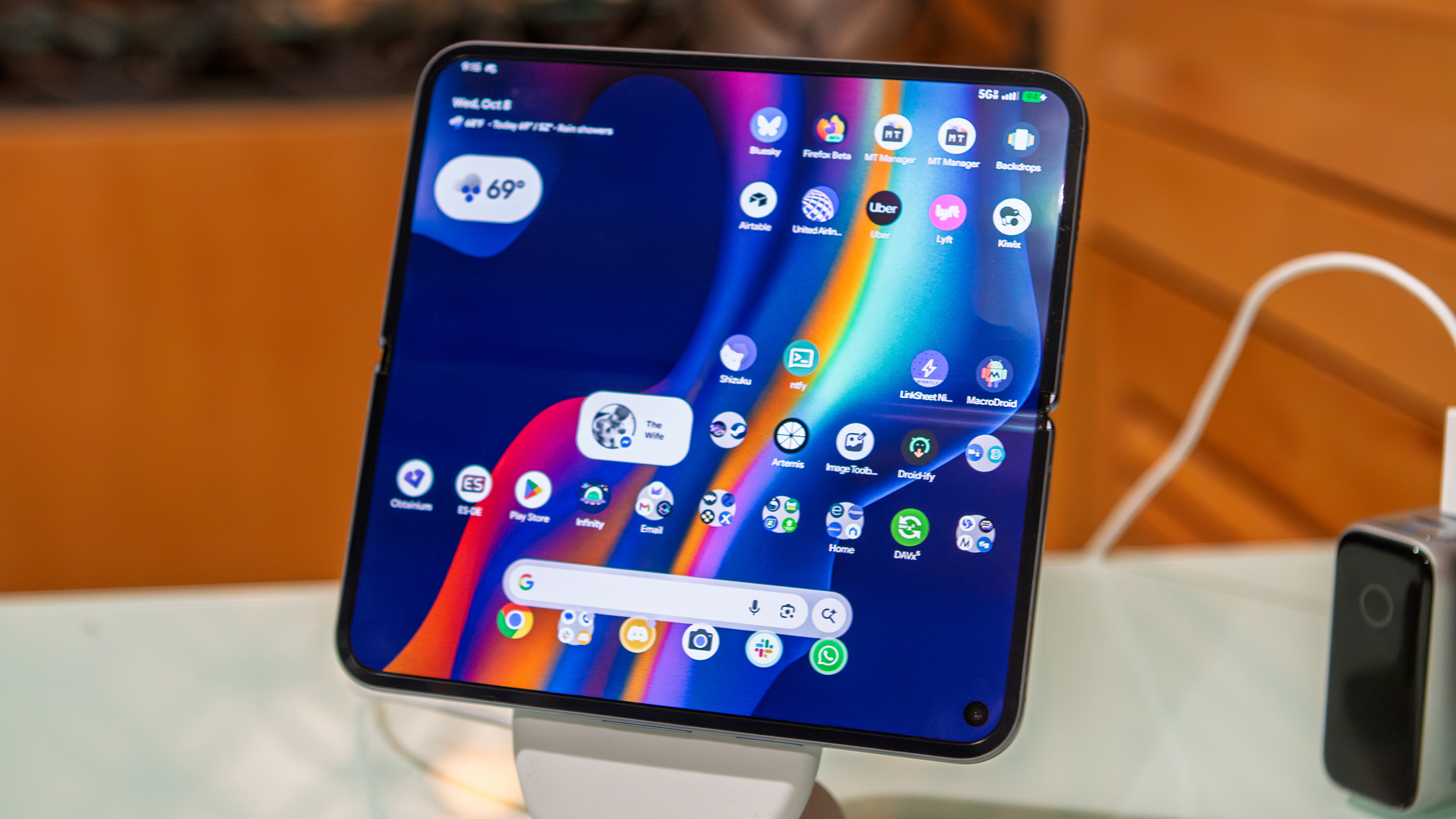
It wouldn't be a Pixel phone if it weren't for the software, and there are plenty of new features to enjoy on the Pixel 10 Pro Fold. There is an abundance of new AI features, all made possible by the Tensor G5 and an upgraded Gemini experience.
Notably, "Magic Cue" is the tool we've long been waiting for, as it "connects the dots across your apps, like Gmail, Calendar, Screenshots, Messages, and more, to proactively surface relevant info and suggest helpful actions when you need them."
Being able to access and reference information across multiple apps quickly is extremely convenient. Especially when you're on the go but need to answer a question about upcoming travel plans or a friend asks how a recent vacation was, Magic Cue will queue up whatever you need to share or access.
Just like the rest of the Pixel 10 lineup, the Pixel 10 Pro Fold ships with Android 16 out of the box, complete with Material 3 Expressive. And, as little surprise, the Pixel 10 Pro Fold will see official Android OS and security updates for the next seven years.
For more news and information on Google's latest phones, check out our Ultimate Guide.
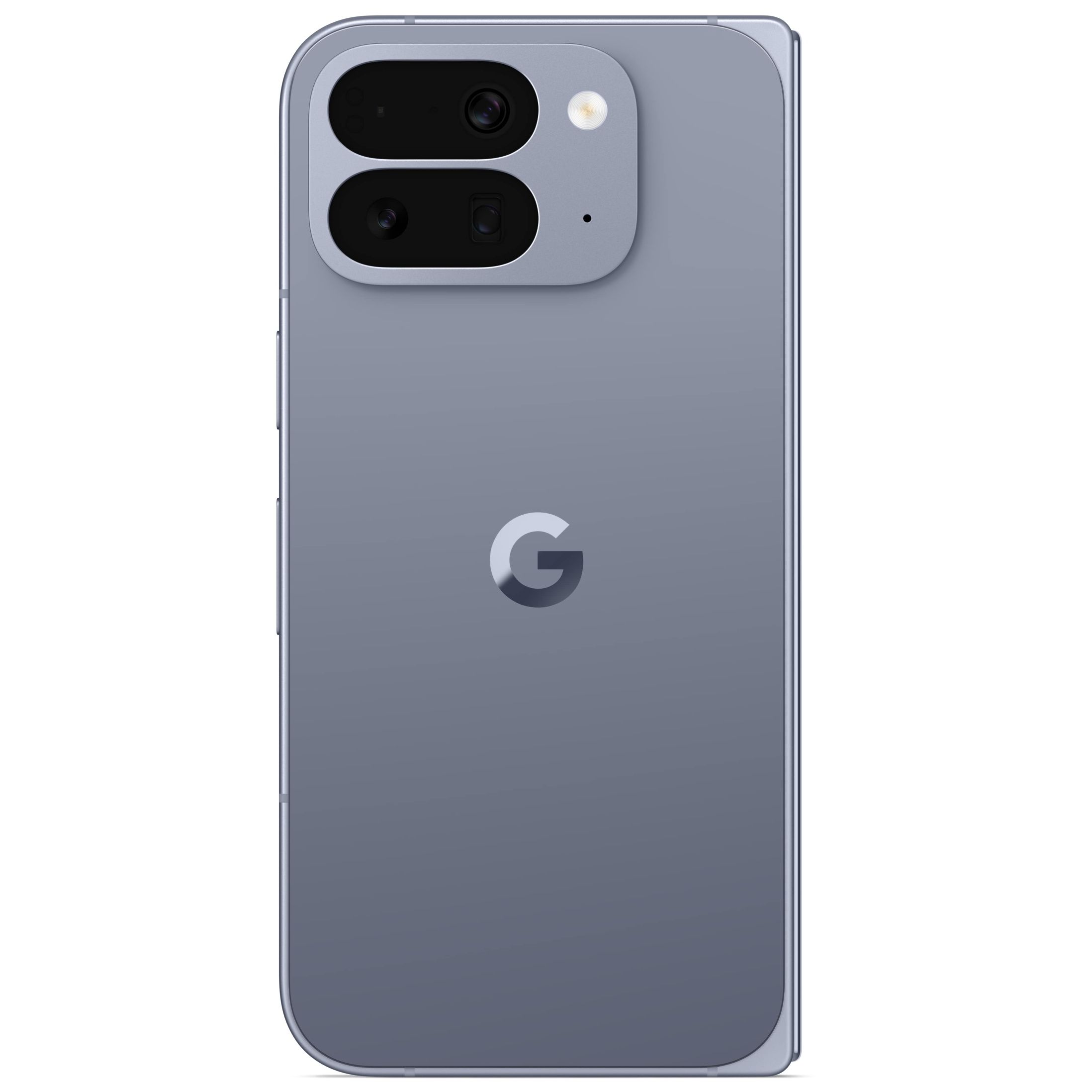
Surprising upgrades
The Pixel 10 Pro Fold might not look like much of an upgrade at first glance, but that couldn't be further from the truth. It's the first foldable phone to feature an IP68 rating, is powered by Google's latest Tensor processor, and even offers an upgraded camera experience.

Andrew Myrick is a Senior Editor at Android Central. He enjoys everything to do with technology, including tablets, smartphones, and everything in between. Perhaps his favorite past-time is collecting different headphones, even if they all end up in the same drawer.
- Namerah Saud FatmiSenior Editor — Accessories
- Harish JonnalagaddaSenior Editor - Mobile
You must confirm your public display name before commenting
Please logout and then login again, you will then be prompted to enter your display name.
